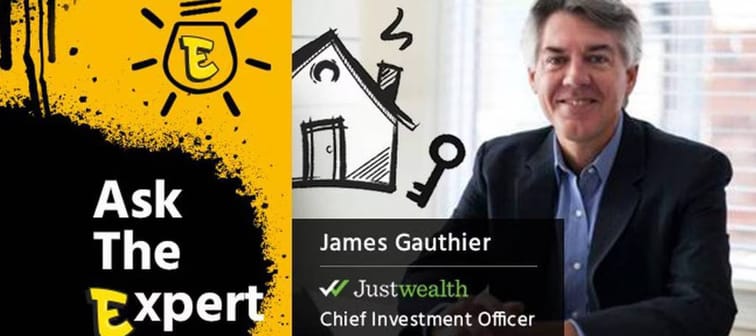Option 1: Leave the account open
The first (and easiest) option would be to simply leave the account open. This allows for the possibility that your child eventually decides to enrol in a post-secondary institution. An RESP account can normally stay open for 36 years – leaving plenty of time for a change in plans. So in theory, your kid could go back to school at age 39 and use the RESP.
Option 2: Transfer to another beneficiary
Another option is to direct the RESP assets to a new beneficiary, such as another one of your children or even a niece or nephew.
If you have a family plan, this can be done quite easily. You can simply designate withdrawals for any of the other beneficiaries in the plan, subject to a lifetime Canadian Education Savings Grant (CESG) limit of $7,200 per beneficiary. What this means is that you can’t “double-dip” and receive extra CESG funds simply because one of your beneficiaries decided they are too cool for school. For example, if a family plan had two individual beneficiaries and both had received a lifetime of grant money equal to $5,000, and one kid decides not to go to school, then $2,800 of the grant money will have to be returned to the government.
If you have an individual plan, you would have to go through the process of replacing the beneficiary for the RESP or transferring the RESP assets to another RESP account. When replacing a beneficiary, Canada Revenue Agency (CRA) will consider the contributions made for your child to be attributable to the new beneficiary. If the new beneficiary already has an RESP, then an over contribution could apply with tax consequences, unless the new beneficiary is also your child and under 21 years of age. In general, the same rules would apply when transferring the RESP assets to another RESP account.
If you’re wondering about fees to do this, it depends on the policy of the custodian/manager of the account assets. Some will charge transfer out fees, while others may not. The subsequent custodian/manager may also reimburse transfer out fees in some cases. But there is no universal answer to this question.
Option 3: Terminate the RESP
If you no longer wish to keep the plan open or direct the assets to another beneficiary, you may terminate the RESP and disburse the assets based on the following categories:
- Your contributions can be returned to you tax-free
- Government grants will be returned to the government
- Investment income can be paid to you as an Accumulated Income Payment (AIP) and will be considered taxable income and be subject to an additional 20% tax
AIPs may only be paid out once the plan has been open for at least 10 years, all beneficiaries are 21 years of age or older, and you must remain a Canadian resident. In order to avoid the taxation of the assets from the AIP, it may be possible to do a tax-free rollover to either a Registered Retirement Savings Plan (RRSP) or Registered Disability Savings Plan (RDSP), depending on certain eligibility requirements.
It is important to know that RESP providers may have additional conditions or rules that are stricter than what the government rules permit and may charge fees or apply penalties for certain changes to an RESP. Be sure to ask questions before investing in an RESP and choose wisely!
To learn more about RESPs at Justwealth and their unique Education Target Date Portfolio, you can download their free RESP guide.
James Gauthier is Chief Investment Officer at Justwealth. He is an experienced asset allocator who for nearly 25 years has devised some of the most innovative and sophisticated asset allocation policies for institutions, high-net-worth clients, and large wrap programs in Canada. James obtained his education from McMaster University where he earned a Bachelor of Science in Mathematics and also completed his MBA in Finance. After graduation, James returned to McMaster where he served as a Sessional Lecturer for undergraduate students for a number of years. James is a member of the Toronto CFA Society and holds the CFA designation.






